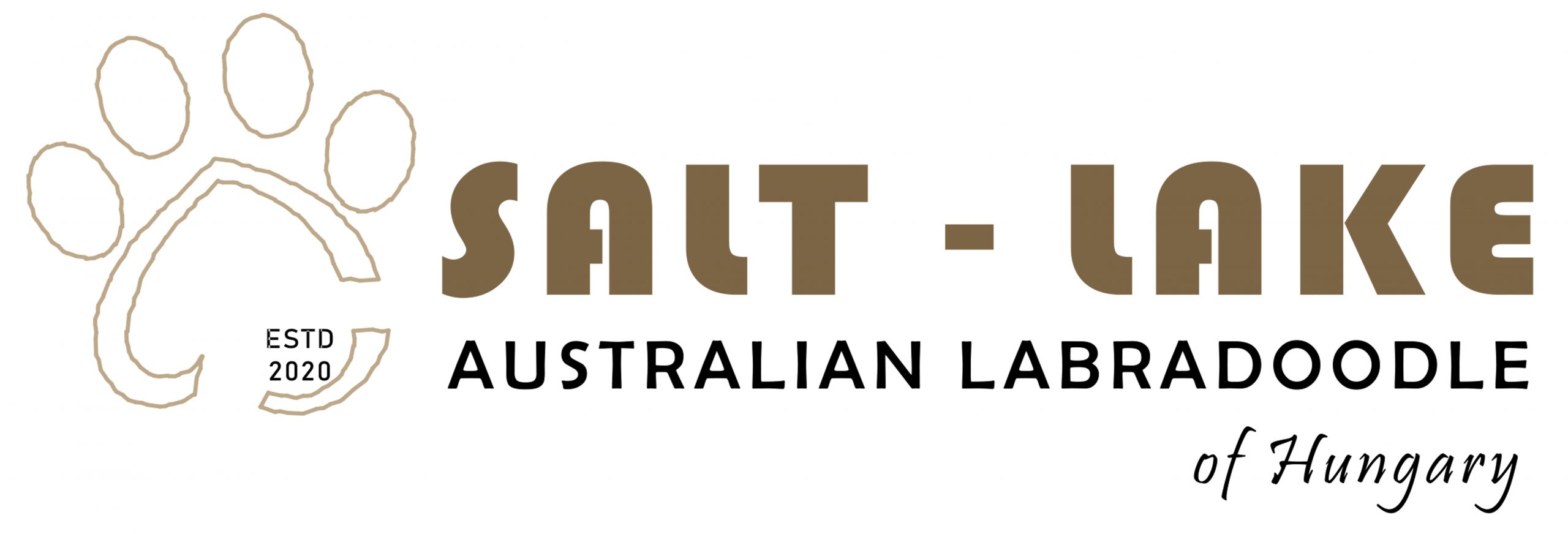It is a common misconception that all Labradoodles are the same, there are significant differences, so it’s important to get to know them in order to make an informed decision.
Labradoodle dogs come from the cross-breeding between a labrador and a poodle, and are only descendants of labradors and poodles, they are called early-generation Labradoodles.
In the 1980s, the Guide Dog Association conducted a breeding and research program for an allergy-friendly guide dog. This was the beginning for the Australian, multi-generational Labradoodle we know today. This Australian Labradoodle started as a cross-breeding between a labrador retriever and a standard poodle. Australian cross dogs have been bred to each other for generations to create so-called “multi-generational” Labradoodles.
The Australian Labradoodle has been developed over the years. The founders of the Australian Labradoodle, Tegan Park and Rutland Manor infused several other breeds into the early generation line of their Labrador retriever / Poodle crosses to achieve the permanence of today’s temperament and coat.
These breeds are:
Labrador Retriever,
Poodle,
English Cocker Spaniel,
American Cocker Spaniel,
Irish Water spaniel,
Curly-haired retriever
Dogs from these fusions were bred together to continue the Australian, multi-generational line. The Australian Labradoodle is much more likely not to shed its fur and is allergy-friendly than other types of Labradoodle, such as first-generation Labrador Retriever / Poodle cross-breeds or first-generation cross-breeds brought back to poodles. Even if labrador retriever / poodle cross-breeds are bred for several generations, the result is not an Australian labradoodle, as the other basic breeds are not there to improve their basic characteristics, but rather resemble a poorly bred poodle or labrador.
The true Australian Labradoodle is the result of six or more successful generations of careful breeding. The result is a healthy, well-tempered dog with non-falling, allergy-friendly coat.
Allergy-friendly means that 98% of people with asthma and / or allergies will not have a reaction to Australian Labradoodle hair.
Size
Labradoodle is available in three sizes: Standard (biggest), Medium, and Miniature (smallest). The appearance is the same for all three sizes. The Labradoodle is a compact dog that is athletic yet graceful and always looks happy.
Normal: Height: 53-61 cm. Weight: 22-30 kg.
Medium: Height: 43-50 cm. Weight: 14-18 kg.
Miniature: Height: 35-40 cm. Weight: 10-12 kg.
COAT COLOR AND TYPE
The Labradoodle coat is available in several variations, so there is curly wool that is coarse-textured and very curly, resembling to the poodle’s but not falling and hypoallergenic, there is wavy wool that is very soft textured, not falling and hypoallergenic, and the hair that resembles to typical dog hair, does not grow very much and falls to varying degrees, can cause allergies.
Labradoodles are available in a variety of colors.
Available in brown, white, cream, peach, red, black, gray, silver colors. They can be two-tone, but any pure color and white color can appear on the face, head, or body, this is called party colors. Their beautiful soft coat should be combed weekly and trimmed regularly.
TEMPERAMENT
We can easily state that they are the most characteristic dogs, understand everything you tell them, they are intelligent, calm, loving, cheerful. They kidnap the heart of everyone they meet. They love children, love to play with them, but are extremely tolerant.
HEALTH TESTING
At Salt-Lake Labradoodle, the most important thing is that the puppies from us are healthy and of good temperament, meet the breed standard and none of them carry the disease gene.
In order for puppies to be born healthy under the best conditions, it is important to use only healthy dogs in breeding. Healthy parents give healthy puppies.
All dogs undergo an X-ray of the hip and elbow, a mandatory eye examination. All our breeding dogs have healthy hips, completely free of hip dysplasia. All dogs are genetically tested to see if they are free of the susceptibility to disease or if there is a risk of inheriting certain diseases to the puppies.
[:]

